
What are the 3 Pillars of Corporate Sustainability?
In this article, we'll explore what the 3 pillars of corporate responsibility are, why they're important, and how businesses can turn them into practical action.
ESG / CSR
Industries
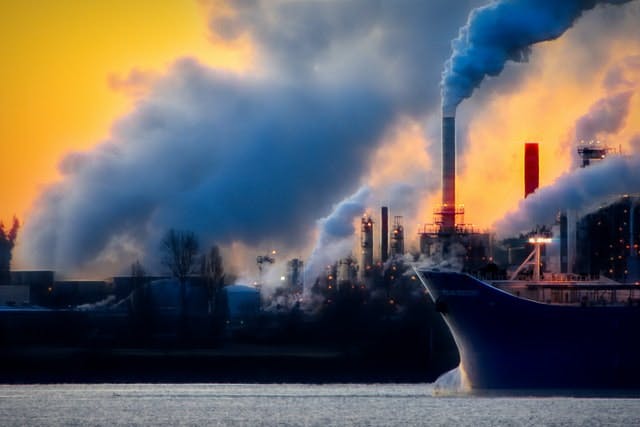


You would think that as we dive deeper into the 2020s, that innovative technologies would be on the brink of reversing the environmental damage that we’ve already created.
Well, guess what… there is!
Carbon Capture is a groundbreaking system that serves to relocate and reuse carbon dioxide emissions already present in the atmosphere.
But can carbon capture really undo the pollution we’ve already emitted?
Does carbon capture have the potential to change the way we approach global warming?
We’re about to tell you all you need to know about carbon capture, and if carbon capture can really prevent climate change.
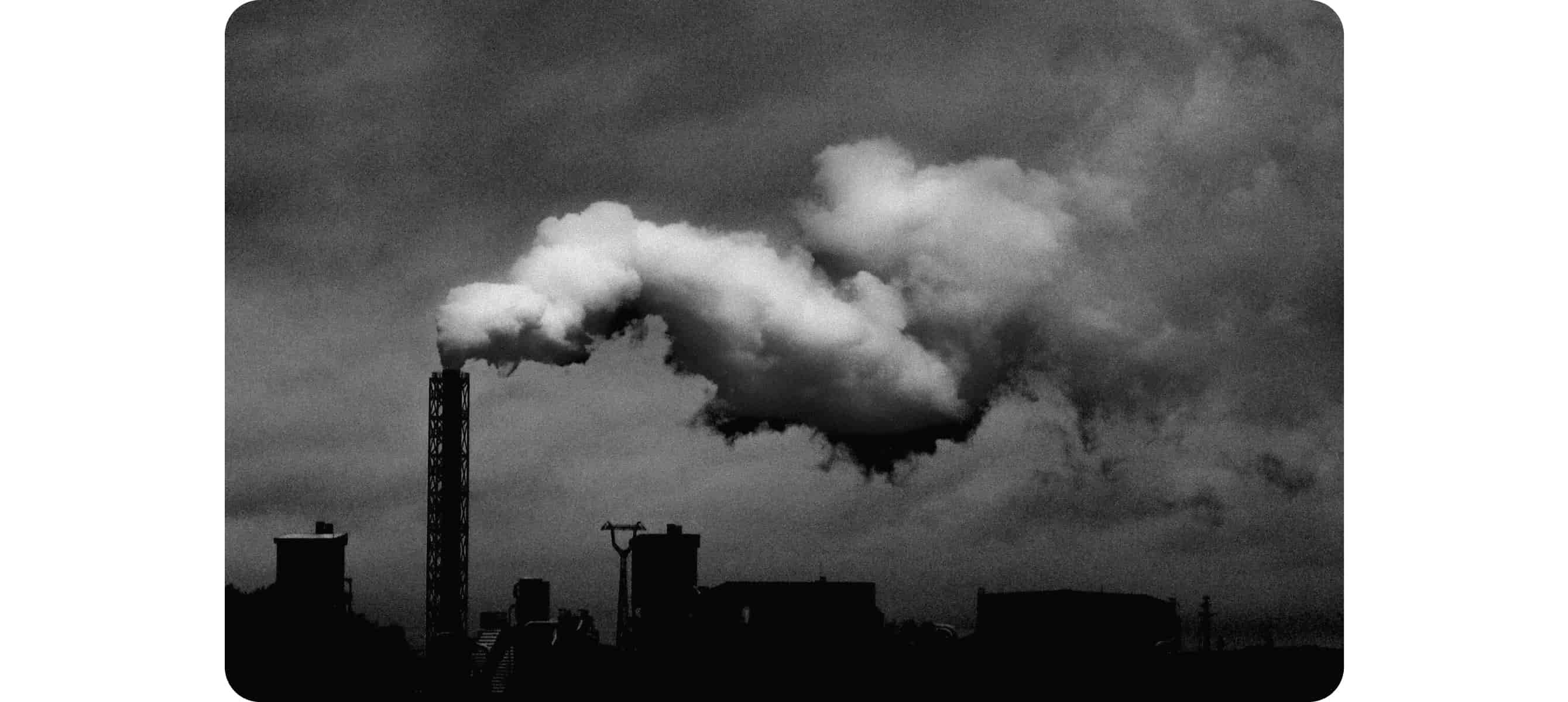
Carbon Capture consists of capturing carbon dioxide already present in the air due to industrialization, and then injecting it deep underground to prevent the emissions from continuing to harm the environment.
The selling point about carbon capture is that it has proven to be effective at extracting and relocating carbon emissions both after they’re in the air, or depending on the type of carbon capture system – even before they pollute the air.
Carbon capture is one of the only verified technologies that has proven able to remove carbon dioxide emission and greenhouse gasses from the air, and therefore – is one of the only available methods to directly reduce current carbon emissions rather than mitigate future climate change projections.
How long has carbon capture been used for?
Carbon capture was done successfully for the first time back in 1972 in the Sharon Ridge oilfield in Texas.
This marked the beginning of carbon capture and storage, as this event illustrated it was indeed possible to remove carbon emissions from the air.
As of present day in 2023, carbon capture and storage has become both more feasible and popular – as there are 43 large-scale carbon capture and storage systems functioning around the world.
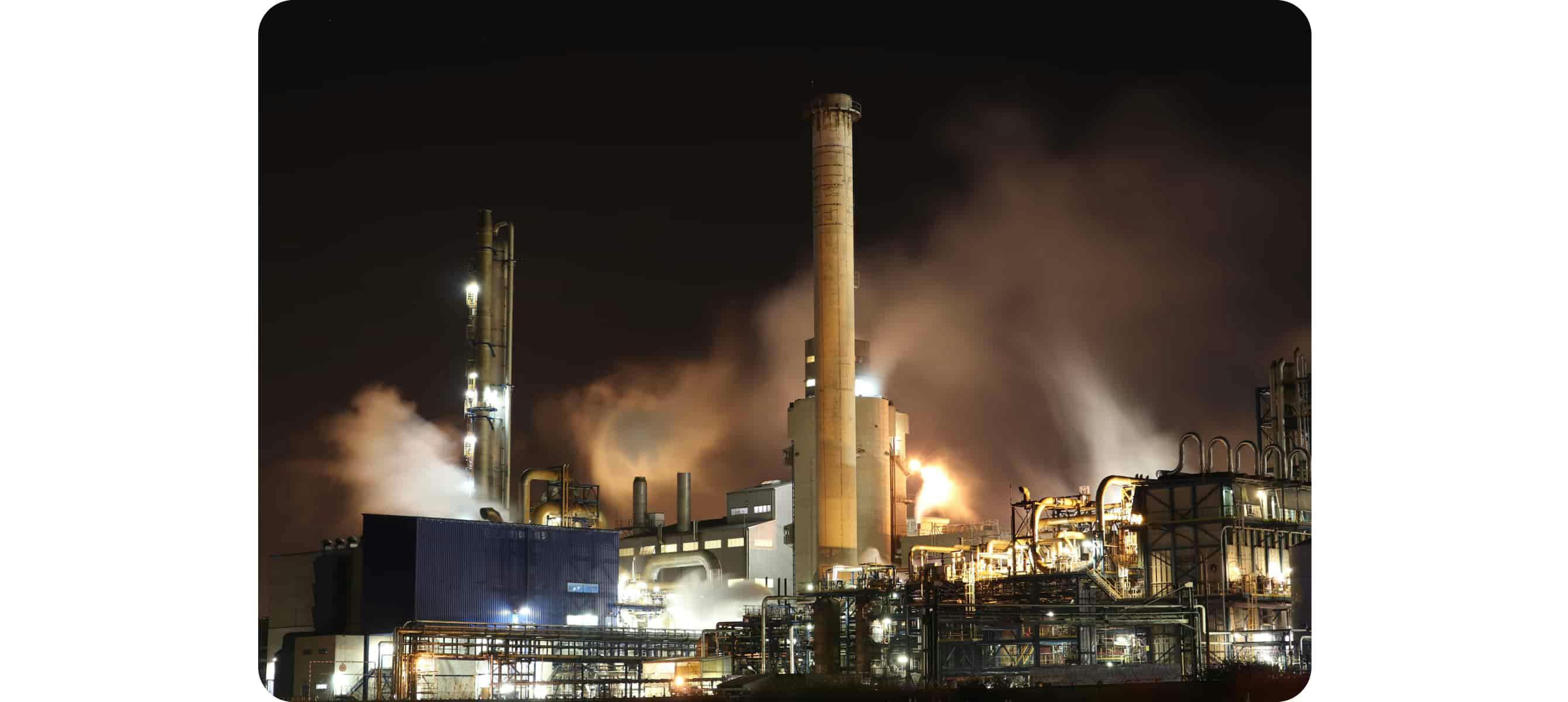
Carbon capture and storage, CCS, works in three steps:
The first step to carbon capture is to remove the carbon emissions already in the air by using carbon capture and storage technologies – think of a carbon capture system like a giant vacuum cleaner to suck up the excess dirt, particles, and pollution infiltrating the atmosphere.
However, it’s important to note that more often than not that most carbon capture systems work to remove potential carbon emissions directly from the source of detrimental environmental activity before they even have the chance to pollute the atmosphere.
The carbon dioxide emissions that are captured by the carbon capture system are then consolidated and relocated to a storage facility.
After capturing and transporting the carbon emissions, they will either be temporarily stored to be reused, or to be permanently stored underground where it can no longer negatively impact the environment.
Need a real life example?
Think of Carbon Capture and Storage like you’re keeping a secret.
It’s the kind of secret that if you tell someone, it’s bound to create chaos.
So, what do you do?
You decide to bury your secret, and don’t let it anywhere near your mouth where it could cause you or someone else harm. As long as that secret doesn’t meet your tongue – there’s nothing it can do to provoke any trouble.
Carbon Capture works in the exact same way, as it removes anything potentially harmful from the surface and places it where it can’t cause further damage to the environment.
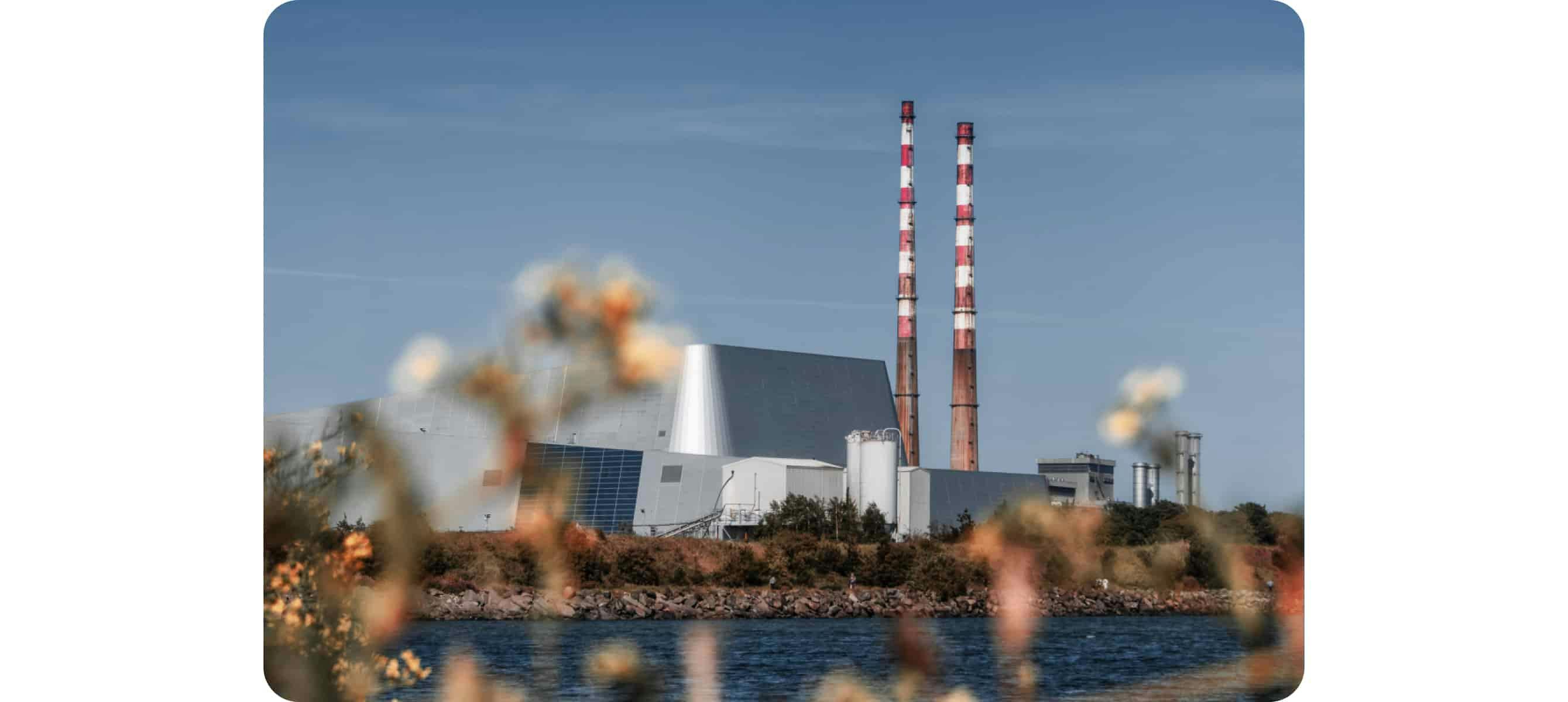
For example, a company called Climeworks has been providing The Coca-Cola Company with recycled carbon dioxide emissions.
Climeworks is not only seeking to remove carbon dioxide emissions that have already been emitted into the air, but they are dedicated to discovering innovative methods to reuse carbon emissions in everyday products, such as beverages as common as soda.
There’s no need to pollute the environment further when a process like carbon capture and storage and cultivate and allow for the reuse of carbon dioxide that’s already been created.
More often than not, an imperative word is left out of the common definition of carbon capture – and that word is, “storage”.
When people talk about carbon capture, they are usually referring to carbon capture and storage – which means capturing, transporting and storing carbon dioxide before it is emitted into the air.
Carbon sequestration, on the other hand, is defined by storing carbon dioxide for a longer period of time.
Carbon capture usually only refers to the process of collecting carbon from industrialization sources which emit high levels of greenhouse gas emissions, whereas carbon sequestration solely depicts the long-term period in which that capture carbon dioxide will be stowed away.
Both carbon capture and carbon sequestration have the ability to reduce climate change.
While it is alluring to view carbon capture as the escape method to our intense, superfluous industrialization habits that have caused environmental harm – carbon capture can ultimately only do so much.
Carbon capture is indeed able to reduce carbon emissions, and it is a unique asset for companies seeking to lower their carbon footprint that can’t afford to buy recycled carbon dioxide.
The over compassing, potential benefit of carbon capture is not that it can store carbon dioxide emissions far away from the atmosphere, but that it can allow carbon dioxide to be reused in various ways.
Ultimately, carbon capture cannot prevent climate change or reverse that already existing, damaging effects that have been made to the environment.
While carbon capture is the most innovative opportunity to date in regards to removing already existing carbon emissions from the atmosphere – global warming is already upon us.
In other words, while carbon capture is cool – carbon capture isn’t powerful enough to reverse the environmental damage we’ve already caused, and continue to create.
Carbon capture, storage, and sequestration can certainly aid in the fight against climate change, but carbon capture alone isn’t the only solution, nor is it the most effective way to mitigate future excess carbon emissions.
Similar to carbon offsetting or carbon credits, carbon capture isn’t able to tackle the root of the problem causing climate change.
Carbon capture and storage is a way to remove, reduce, and reuse carbon emissions that are already circulating in the air – but carbon capture doesn’t alter the industrialization practices that continue to emit high levels of greenhouse gas emissions causing pollution.
Carbon capture is helpful, but it isn’t the only surefire way to help our planet.
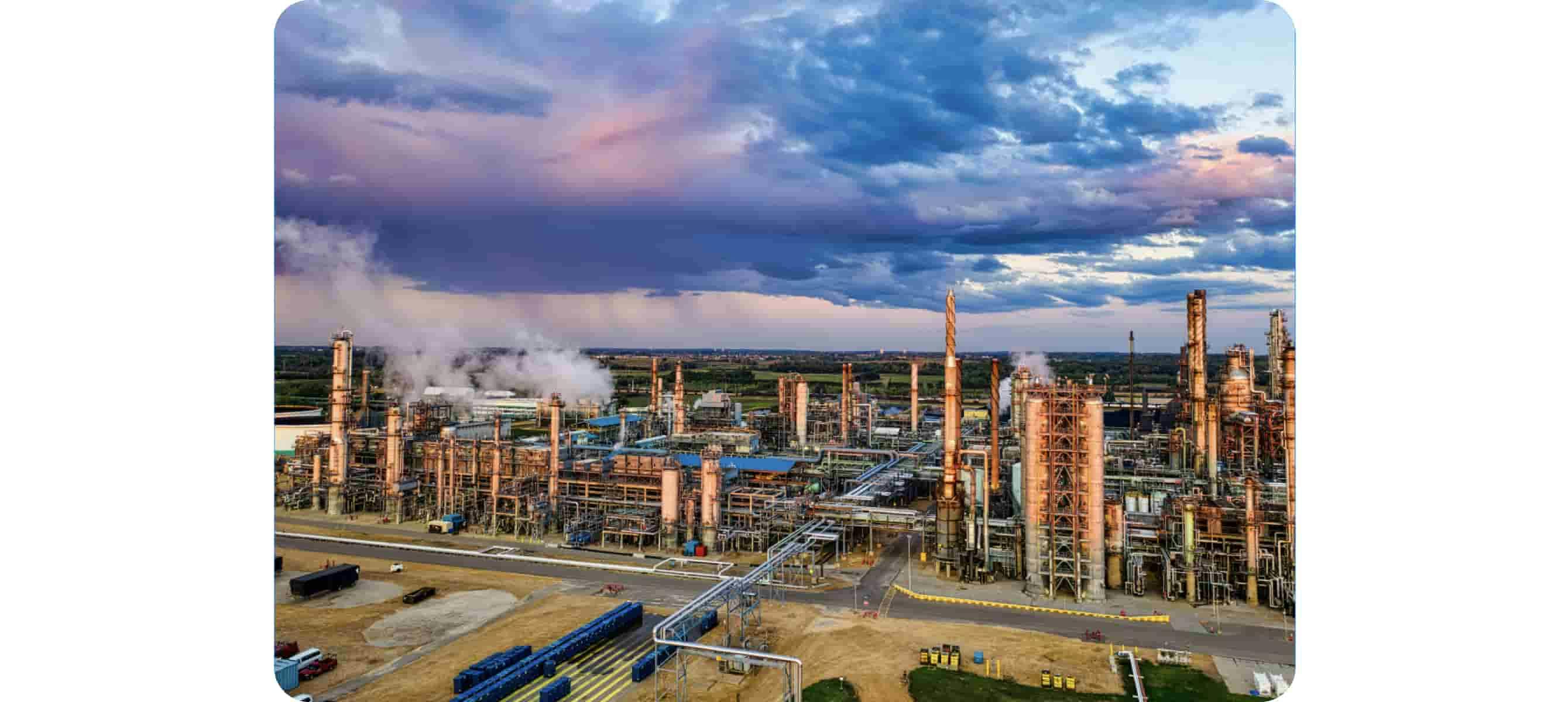
As awesome as the concept of carbon capture is, like anything with potential – carbon capture has a few flaws to it.
For instance, in order for carbon capture to function at full capacity demands expensive, physically large equipment that requires an enormous amount of energy to successfully capture carbon at the source of intensive carbon activity.
Overall, the upkeep on a carbon capture system is both costly and energy consuming
Even if every industrialization site had the capacity to afford and install a carbon capture and storage system – the positive impact of carbon capture still isn’t substantial enough to deter the environmental damage that has already been done.
Global warming is already upon us, and only continuing to grow more grave as you read this article.
Here are a few affordable ways your company can fight against climate change with a carbon capture system.
Though this method of offsetting carbon emissions also requires funding, a cheaper way to counteract existing pollution is by investing in a carbon offsetting project or purchasing carbon credits.
Carbon offsetting means to help fund a mission created by a third party or organization that strives to protect the environment or reduce carbon emissions.
By making in an investment in the project aimed to better the environment, the company financially contributing to the alternative project is aiming to “make up” for their previous carbon footprint.
There are many carbon offsetting projects to choose from, and while they can’t stop future carbon emissions just like carbon capture – they do more good than harm.
Carbon credits are similar, but a little different than carbon offsetting projects.
Carbon credits are tradable authorizations that stand for an amount of carbon dioxide to be removed from the air, which is usually the same amount of carbon emissions you produced yourself – such as from your most recent trip via plane.
While carbon capture is ultimately more impactful than carbon credits or carbon offsetting projects, both remain as more feasible alternatives if a carbon capture and storage system isn’t attainable.
The most sustainable, and also ultimately affordable method to mitigate climate change is to establish an Environmental Management System, otherwise known as an EMS.
If your company can dedicate the time necessary to discover the most productive measures that could be taken to reduce their carbon footprint – investing in a carbon capture and storage system won’t be as necessary, as you wouldn’t be emitting as much carbon dioxide in the first place.
Also, establishing an EMS paves the way to apply for an ISO 14001 certification – which only benefits your organization to be more sustainable and qualified through this well-known environmental accreditation.
Bike or walk to work if you can!
Take the Metro!
Try meatless Mondays!
Opt for glass dishware instead of plastic water bottles!
Small actions, while they may seem insignificant and trite – really are some of the best ways to collectively prevent pollution.
All of the above are good steps to take to mitigate climate change, but if your company has the funding and various tools necessary to implement a carbon capture and storage system – there’s no reason not to.
Contrary to the cost and space necessary to install an efficient carbon capture system, it is a one and done method to contribute to the fight against climate change – as it constantly removes carbon dioxide from the source of industrial production.
However, it is important not to neglect the other methods of avoiding climate change above.
Even as technology and carbon capture systems continue to evolve, the most powerful tools we have in the fight against climate are our own habitual actions.

If reading this article about carbon capture has made you interested in reducing your carbon emission to further fight against climate change – Greenly can help you!
Greenly can help you make an environmental change for the better, starting with a carbon footprint assessment to know how much carbon emissions your company produces.
Click here to learn more about Greenly and how we can help you reduce your carbon footprint.
Don't wait any longer, take the first step towards reducing your carbon footprint by requesting a free and non-binding demo with one of our experts today and finding the solution that best fits your business needs.
If you enjoyed reading this article, here are a few more :